“Geography means destiny” is a famous quote by 14th-century Tunisian-born Arab philosopher Ibn Khaldun. Khaldun was, in many ways, acutely placed to make this observation. Not only had he traveled widely in the known world and met many sultans and kings, but in 1401 AD, he also had a frank and open chat with world conqueror Tamerlane about his place in history.
In the late 14th century, after bursting out of the Central Asian steppes, Tamerlane created one of the world’s largest contiguous empires, stretching from Anatolia to Damascus to Jerusalem in West Asia, Iraq, Iran, Afghanistan, and Delhi in the East, Central Asia up to the Aral Sea, and Crimea in the North.
In sheer size, his vast empire was humbled only by the 13th-century Mongol Empire, which also included China, Korea, southern Russia, and Eastern Europe.
Khaldun must have keenly observed how, in a span of two centuries, two nomadic, pastoralist hordes burst out of what is variously described as the southern European grasslands, or central Asian steppes, or simply the Eurasian wastelands, and become the world conquerors, creating in quick succession, two of the largest contiguous land-empires the world has ever seen.
Hence his succinct observation: “Geography means destiny.”

It was no coincidence that Tamelane and Chengiz Khan before him had first united the southern European grasslands with the central Asian steppe and then gone on to become the undefeatable force that trampled on everything that came along their way.
In other words, once you unite southern Europe and Central Asia, you’re destined to become a world conqueror or, at the least, a world dominator.
Notwithstanding their nomadic origins and pastoralist economies, central Asian tribes have
dominated and controlled much of Asia and Eastern Europe for much of the medieval centuries, including the much more civilized and advanced economies of India, Iran, and Egypt in Asia-Africa and Anatolia, Serbia, and Kyiv in Europe.
Be it the Khiljis and Tughlaqs of the Delhi Sultanate, the later Mughals, the Mamluks of Egypt, the Ghaznavids, Seljuks, and Safavids of Iran, or the Ottomans, they all had their origin in the expanse of the central Asian steppe. And herein lies the crucial lesson from history that Khaldun, given his extraordinary intellect, was able to read—“Geography means destiny.”
This brings us to the Ukraine war. Although Russia’s invasion of Ukraine began in 2022, or 2014 as some would say, the seeds of this conflict lie much deeper in their history and geography and were theorized into a neat thesis at least 120 years ago by a British geographer Sir Halford J. Mackinder, also known as the founder of modern geopolitics.
The Pivot Area Of History
In 1904, Mackinder conceptually divided the world into three parts: the ‘pivot area of history’ or ‘the Heartland’ comprising Eastern Europe and central Eurasia, stretching up to the Himalayas in the south and Anatolia in the West.
The surrounding area of an inner crescent of remaining Eurasian and North African territories, also comprising the British Isles, Madagascar, Sri Lanka, the Malay Archipelago, Taiwan, and the Japanese Archipelago—which Mackinder called the Offshore Islands—comprised the World Island. Together, these two areas comprised the World Island.
The conjoined continents of North and South America, as well as Oceania, were named the
Outlying Islands.
Mackinder proposed: “He who rules the Heartland, commands the World Island, and he who rules the World Island, commands the world.”
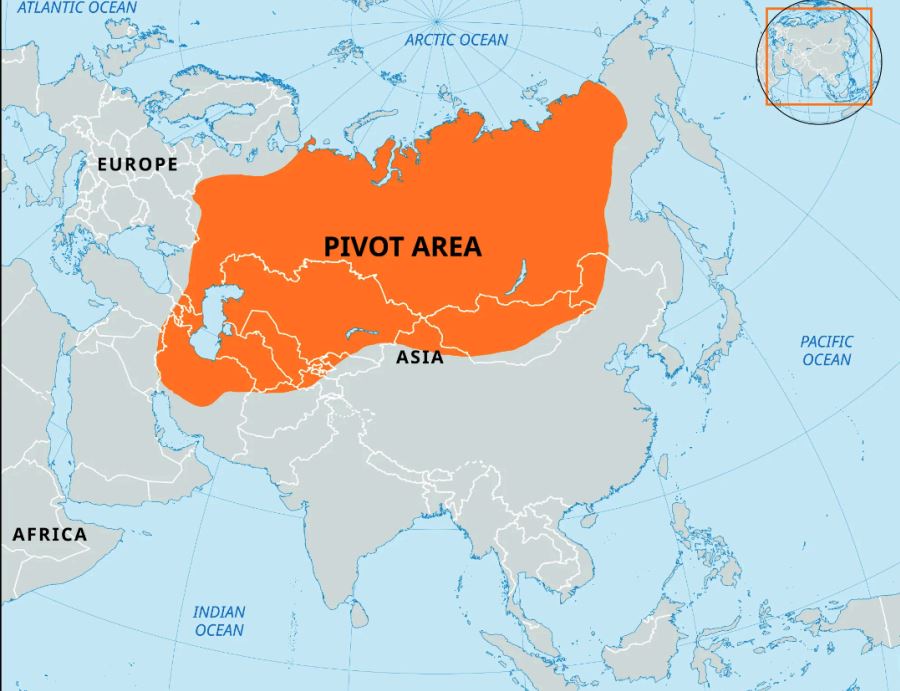
In short, dominating the heartland is the stepping stone to dominating the world.
Notwithstanding the deceptive simplicity of Mackinder’s thesis, history has borne witness to
its validity. The Mongol empire and Tamerlane first united the heartland and then dominated the World Island.
For much of the 20th century, the Soviet Union commanded the heartland. Despite its semi-agricultural and backward economy, it dominated the world in a bipolar world and even challenged American supremacy in space and military technology.
Eastern Europe: Key To World Domination?
In Mackinder’s view, Eastern Europe is the critical region that empowers the Heartland. In his 1904 thesis – ‘The Geographic Pivot of History,’ Mackinder highlighted the geo-strategic
advantages and the vast economic potential that Eastern Europe offers.
Eastern European plains provide limitless opportunities for wheat and other food grains to grow, ores to mine, and fuel and natural gas to extract. In other words, there are sufficient resources to support a formidable workforce and large-scale industries.
Besides, Ukraine provides Russia with access to the Black Sea. Thus, it serves as a crucial link to Central Europe, West Asia, and then further to the Mediterranean Sea, Africa, and West Europe.
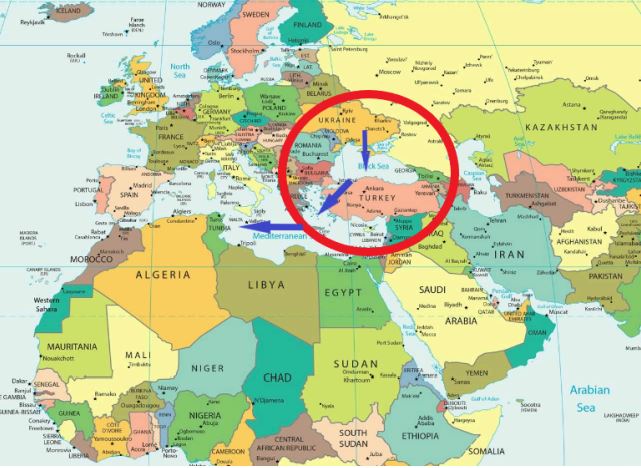
Put simply, with Ukraine in its kitty, suddenly Russia is able to radiate its power onto the whole of the supra-continent of Afro-Eurasia. Without Ukraine, Russia feels relegated to the
backwaters of Europe and Asia, hemmed in the northeastern corner of Europe and Asia, on
the edge of civilization.
Put differently, it’s Ukraine that completes Mackinder’s Heartland. Mackinder concluded that
the Heartland is “the greatest natural fortress on earth,” which can exert power in all directions and dominate the World Island of Afro-Eurasia.
Eastern Europe And The Two World Wars
People often mistakenly believe Germany was the instigator of the two world wars. However, a closer analysis will show that both World Wars actually began in the grasslands of Eastern Europe. Central to both World Wars was competition between Germany and Russia to dominate Eastern Europe.
The First World War began in 1914 when Austria-Hungary declared war on Serbia. Similarly, the Second World War began with Germany and Russia dividing up the countries of Eastern Europe.
People often wonder why Hitler made the suicidal mistake of attacking the Soviet Union in 1941. However, from Mackinder’s perspective, controlling the manpower and natural resources of Eastern Europe and the Soviet Union was crucial for Hitler’s dream of world domination. Hitler’s game plan was to cleanse Eastern Europe and the Soviet Union (Mackinder’s Heartland) from its non-German occupants to create a “living space Lebensraum” for Germans.
In the post-war era, Joseph Stalin sought to achieve for Russians what Hitler could not achieve for Germans. Millions of Ukrainians were either killed or deported, and Russians were settled in their places, thus making Russia a legitimate stakeholder in the administration of Ukraine. In the post-Soviet era, it is these Russian speakers in non-Russian lands which has given Putin an easy excuse to invade those countries.
The Heartland Strikes Back
Following the collapse of the Soviet Union, one by one, East European countries gained independence from Moscow and became sovereign in the true sense. This created a healthy
buffer zone between the Heartland and mainland Europe.
NATO promised that it would not expand into former Soviet Union republics. Kyiv was waylaid into naively giving up its nuclear weapons on the promise by Washington, London, and Moscow that they would protect Ukraine from any foreign aggression.
However, as Mackinder would have said, Eastern Europe is too strategic a land to be left as a buffer Zone. In the last three decades, NATO has slowly but gradually expanded into these former Soviet Republics, while the Heartland was too disorganized to put up any resistance.
Till 2010, Ukraine was the last piece in the puzzle. West saw Ukraine as the final frontier to
surround Russia, Mackinder’s Heartland. And Russia saw Ukraine as critical to defending its
Heartland and exerting power onto the wider world. In this light, the Russo-Ukraine war was not only inevitable, but it was in the making for many decades.
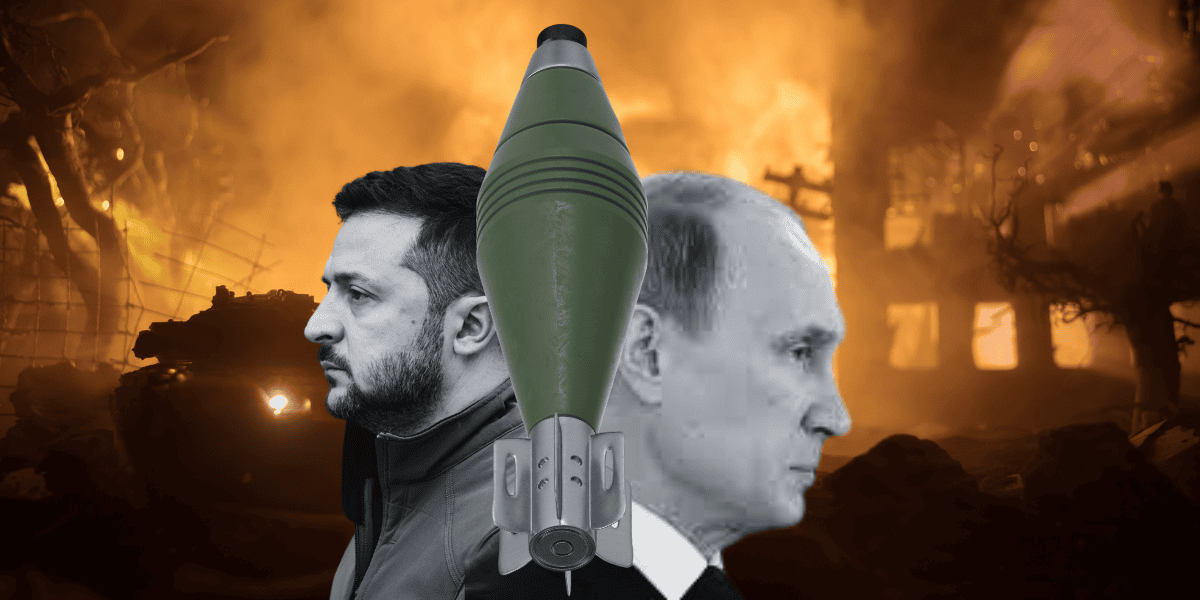
Putin’s Dream Of A Resurgent Russia
In this light, Russia’s claim over Ukraine is more than a simple land grab. Russia aims to substantially increase Heartland’s manpower and resources for further expansion beyond its current borders. Notably, Belarus is already a Russian satellite state in East Europe.
And, with its strategic military alliances with North Korea and Iran, the Heartland Russian Empire already reaches offshore islands.
Vladimir Putin instinctively understands Mackinder’s theory. Due to Ukraine’s strategic location, a Western tilt in Kyiv would be an existential threat to the Heartland.
Consequently, victory in Ukraine is crucial for realizing the dream of a resurgent Russia, having the aspirations of a world power, notwithstanding the small base of the Russian economy. Hence, Russia’s defeat in Ukraine is crucial for protecting the post-Cold War world order and the balance of power.
What Started In Ukraine Will Not Stay In Ukraine?
If history can teach us anything, and if Mackinder’s thesis has any relevance today, then it is this: What started in Ukraine will not stay in Ukraine.
The Russo-Ukraine war is bound to spill over into the wider world. Even though the Russian propaganda machine has been working overtime to convince everyone that they have no ambitions beyond Ukraine, East European countries, perhaps due to their historical memory, know better.
That is why Finland has dropped its historical non-alignment principle and joined NATO. And
that is why Poland has more than doubled its defense budget in the last two years.
In 2022, Poland spent US$16.5 billion on its defense, and it will spend as much as US$35 billion on its defense in 2025, equivalent to 4.7% of its GDP, the highest share of defense spending in any NATO country.
Poland understands that winning Ukraine will provide tremendous manpower, natural resources, food security, and geo-strategic advantages to Russia. Victory for Moscow in Ukraine would mean all countries between the Black Sea and the Baltic Sea falling into Russian influence.
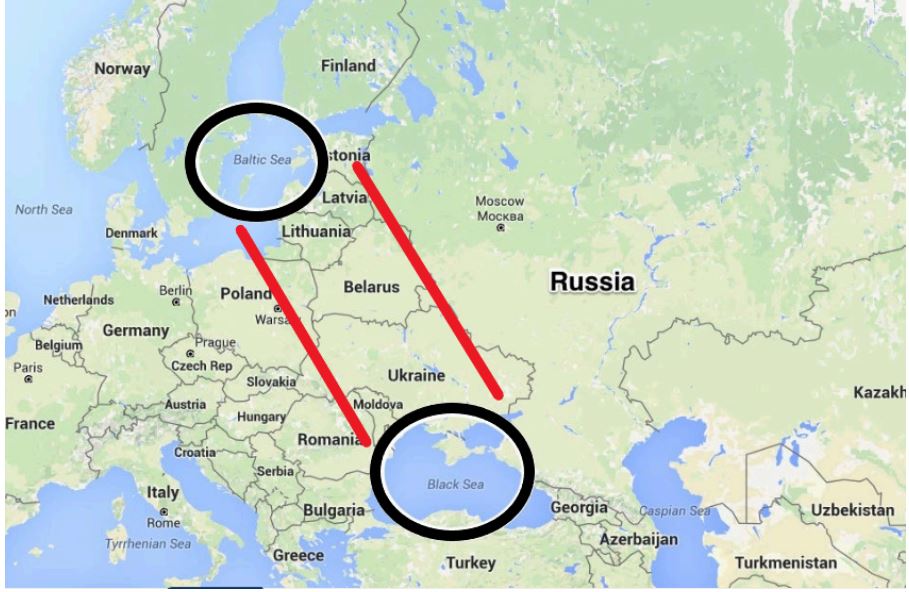
For countries like Poland and Finland, Mackinder’s thesis is not some outdated abstract construct but an actual memory shaped by history that is full of horrors of Russian aggression.
If only one were to observe closely, Russian leaders would have already started hinting at their plans. Russian cities are littered with billboards declaring, “Russia’s borders do not end anywhere.” Both Putin and the Russian Church have started talking about the Russian World (Russkiy Mir in Russian), which goes much beyond Russia’s current-day borders.
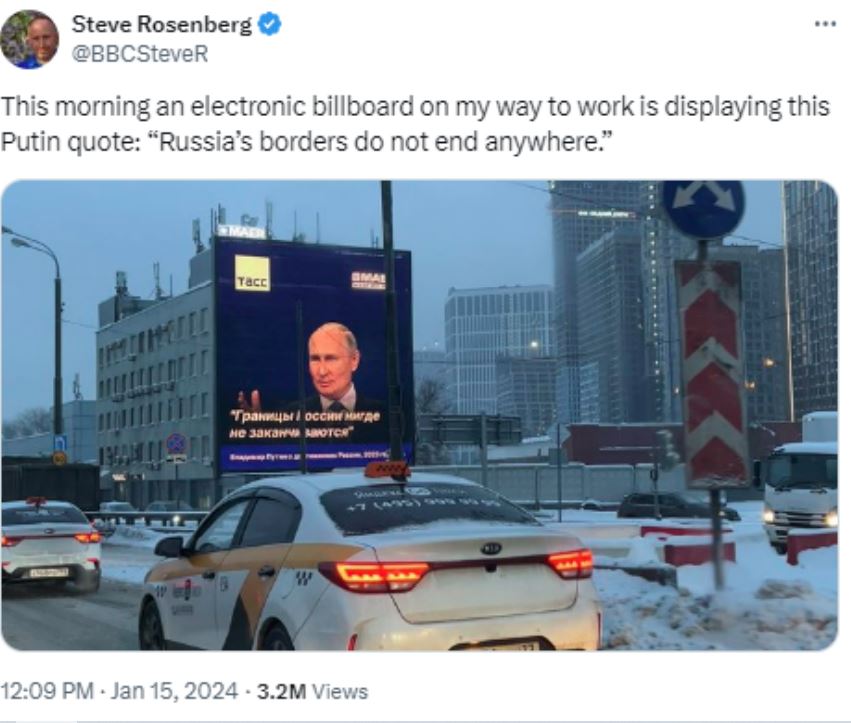
In conclusion, more than 120 years after it was proposed, Mackinder’s theory of a perpetual threat to the world from the Heartland still resonates.
As much as we would like to believe that the war is limited to Eastern Ukraine and Western Russia, it will have global consequences, and the result will reverberate for many decades. It won’t be an exaggeration to say that the Russo-Ukraine war will decide the nature and order of the world that will shape this century.
- Sumit Ahlawat has over a decade of experience in news media. He has worked with Press Trust of India, Times Now, Zee News, Economic Times, and Microsoft News. He holds a Master’s Degree in International Media and Modern History from The University of Sheffield, UK.
- He can be reached at ahlawat.sumit85 (at) gmail.com




